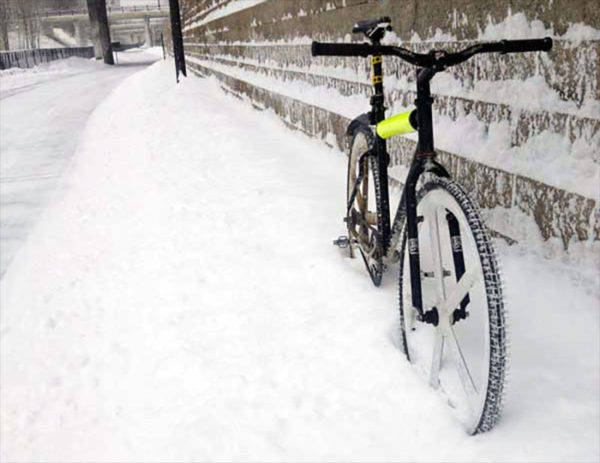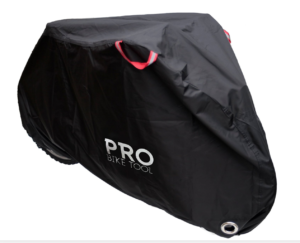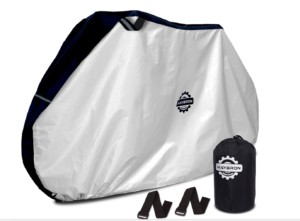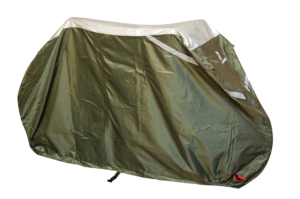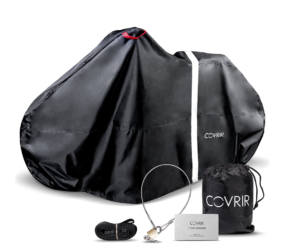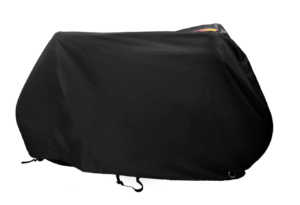Mountain biking is an exciting and challenging outdoor activity that combines fitness, adventure, and nature in one. It’s a sport that requires a high level of skill, endurance, and physical strength, and is enjoyed by millions of people around the world. Whether you’re riding through challenging terrain, crossing streams, or soaring down steep descents, mountain biking is a sport that offers a unique and exciting experience.
However, with all the demands of the sport, it’s essential to maintain your mountain bike properly to ensure it lasts a long time and performs at its best. One of the most critical aspects of mountain bike maintenance is lubrication. By keeping your bike well-lubricated, you can reduce friction, prevent wear and tear, and ensure that all the components work properly.
Today we’re going to guide you through the steps on how to lubricate your mountain bike, including the benefits of lubrication and the difference between grease and lube. Whether you’re a seasoned mountain biker or just starting out, this article will help you keep your bike in top condition.
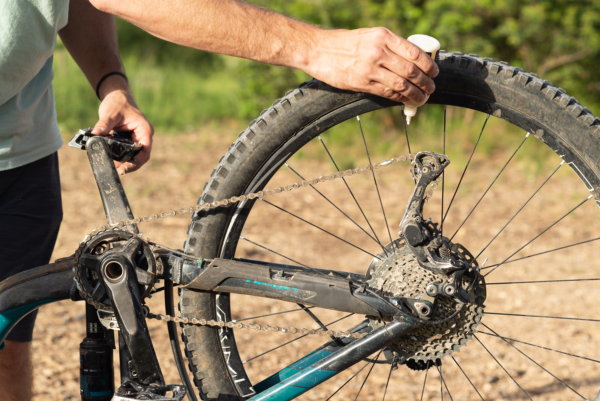
Esther Pueyo/Adobe Stock
Lube Vs. Grease: Which is Better?
When it comes to lubricating your mountain bike, there are two main options: lube and grease. Both have their own benefits and disadvantages, and choosing the right one can be confusing.
Lube is a thin liquid that is applied to the bike’s components to reduce friction and prevent wear. It is specifically designed for bikes and is formulated to withstand the demands of cycling. Lube is easy to apply and spreads evenly over the surface, making it ideal for lubricating chains and other moving parts.
Grease, on the other hand, is a thicker substance that is designed to provide a long-lasting barrier between metal surfaces. It can be used for lubricating pivot points and other high-stress areas where erosion between heavy parts is likely to occur. Grease is also resistant to water, making it a good option for lubricating in wet conditions.
Both lube and grease have their own unique benefits, and are useful in different situations. By understanding the differences between the two, you can choose the best option for your mountain bike to help create an effortless and hassle-free riding experience.
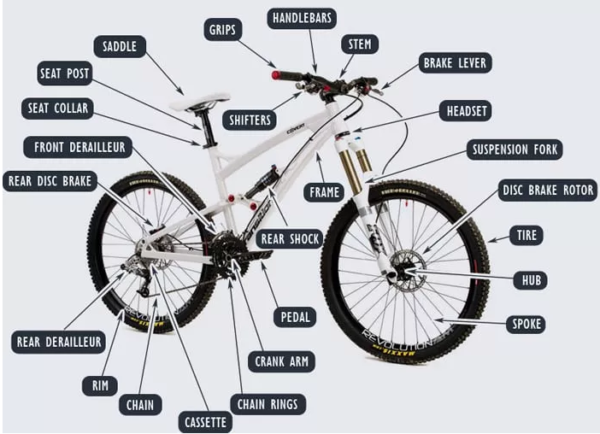
Parts of a mountain bike. Credit: www.schoolworkerhelper.net
Reference the above diagram as we now delve into the steps required to make sure your mountain bike stays lubricated, increasing the chances that it will perform at a high level for years to come!
1. Preparing the Bike for Lubrication: Cleaning
Before lubricating, it’s essential to clean the bike to remove any dirt, grime, or debris that may have accumulated on its parts. Use a degreaser to clean the chain, derailleurs, and cassette. A simple mixture of warm water and dish soap will do the trick for the rest of the bike. Make sure to dry the components thoroughly before moving on to the next step (water and lubricant don’t mix!).
2. Lubricating the Critical Component: The Chain
The chain is the most integral component to lubricate on your mountain bike. Apply a few drops of bike-specific lubricant to each link and work the chain back and forth to spread it evenly. Wipe off any excess lubricant to prevent attracting dirt and grime.
3. Smooth Shifting and Pedaling: Derailleurs and Cassette
The derailleurs and cassette can also benefit from a drop or two of lubricant. Apply the lubricant to the moving parts and pivot points, being careful not to get any lubricant on the brake rotors or rubber components where traction is necessary.
4. Reducing Friction at Pivot Points
Pivot points, such as the suspension pivots, can benefit from lubricant as well. These points see a lot of movement, so it’s essential to keep them transitioning smoothly to reduce friction and prolong the life of your bike.
5. Ensuring Optimal Operation: Lubricating Dry Spots
Check the rest of your bike for any dry spots that may need lubrication, such as the brake and shifter cables. Adding lubricant to these areas can contribute to the efficient and long-lasting use of your bicycle.
Tim Foster/Unsplash
It’s recommended to lubricate your mountain bike every few rides, or at least once every three months, depending on the frequency and intensity of your use. In wet and muddy conditions, it’s a good idea to lubricate after each ride to prevent corrosion.
Lubricating your mountain bike is a simple and effective way to prolong its lifespan and get the most out of its performance capabilities. As part of a regular maintenance schedule, you can mitigate costly part repairs and service fees, and focus more on the sport you’ve invested in and grown to love.
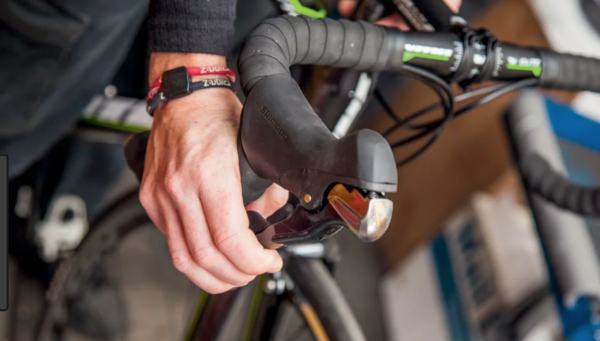

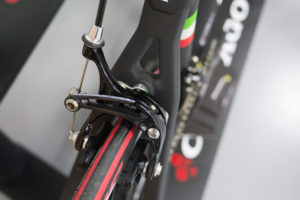
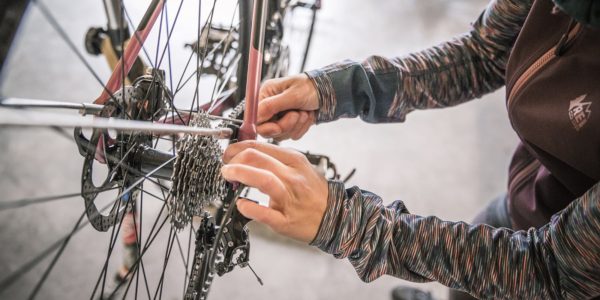
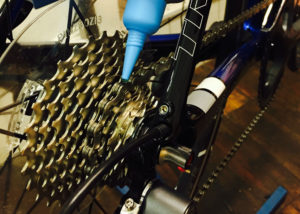
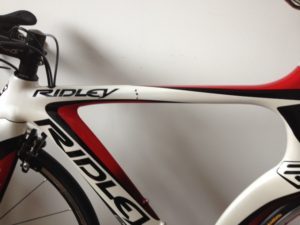 4. Inspect Your Bike
4. Inspect Your Bike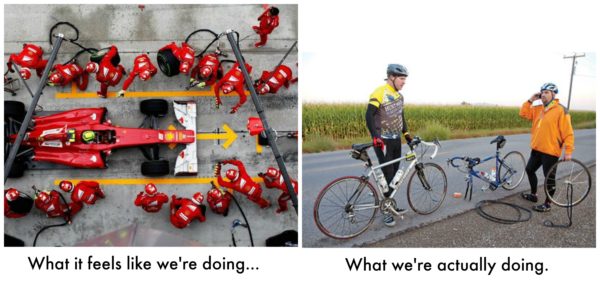
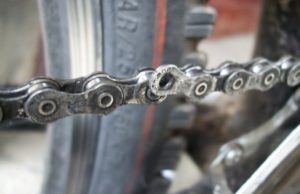 Keep the chain threaded through the derailleurs if you can as it will save you time.
Keep the chain threaded through the derailleurs if you can as it will save you time.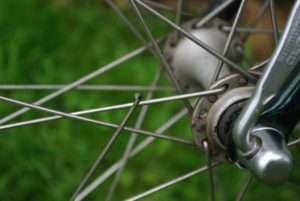 4. Broken Spoke
4. Broken Spoke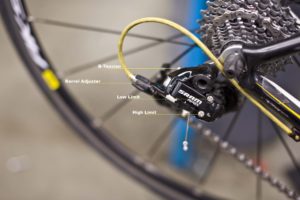
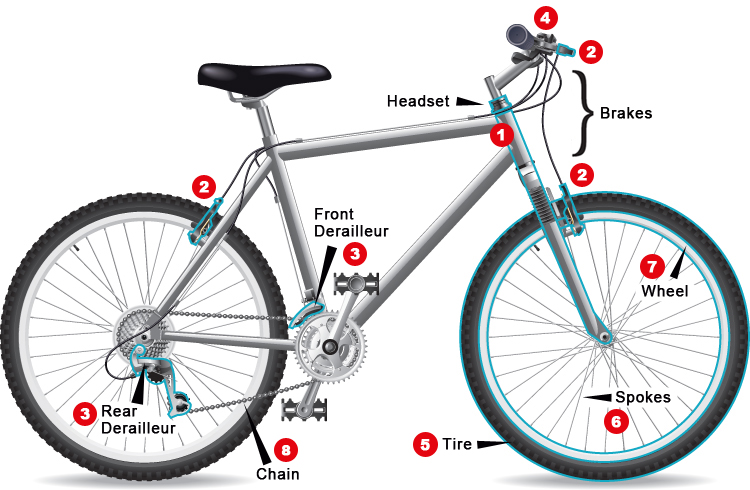
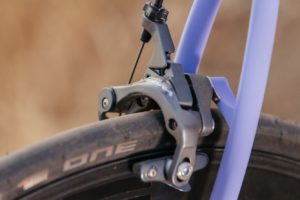
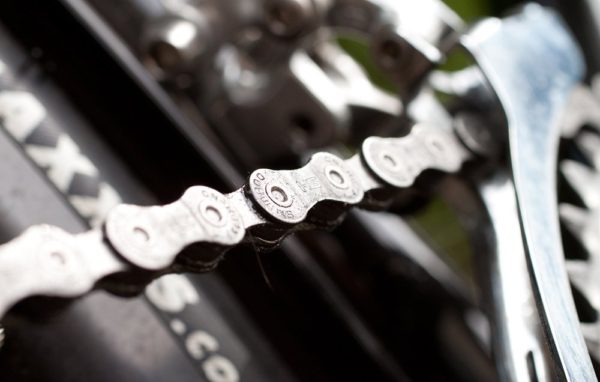
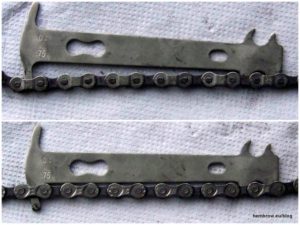
 How To Wash a Bike Chain
How To Wash a Bike Chain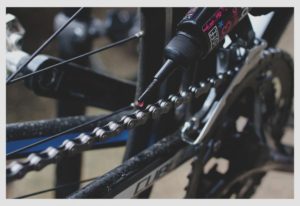








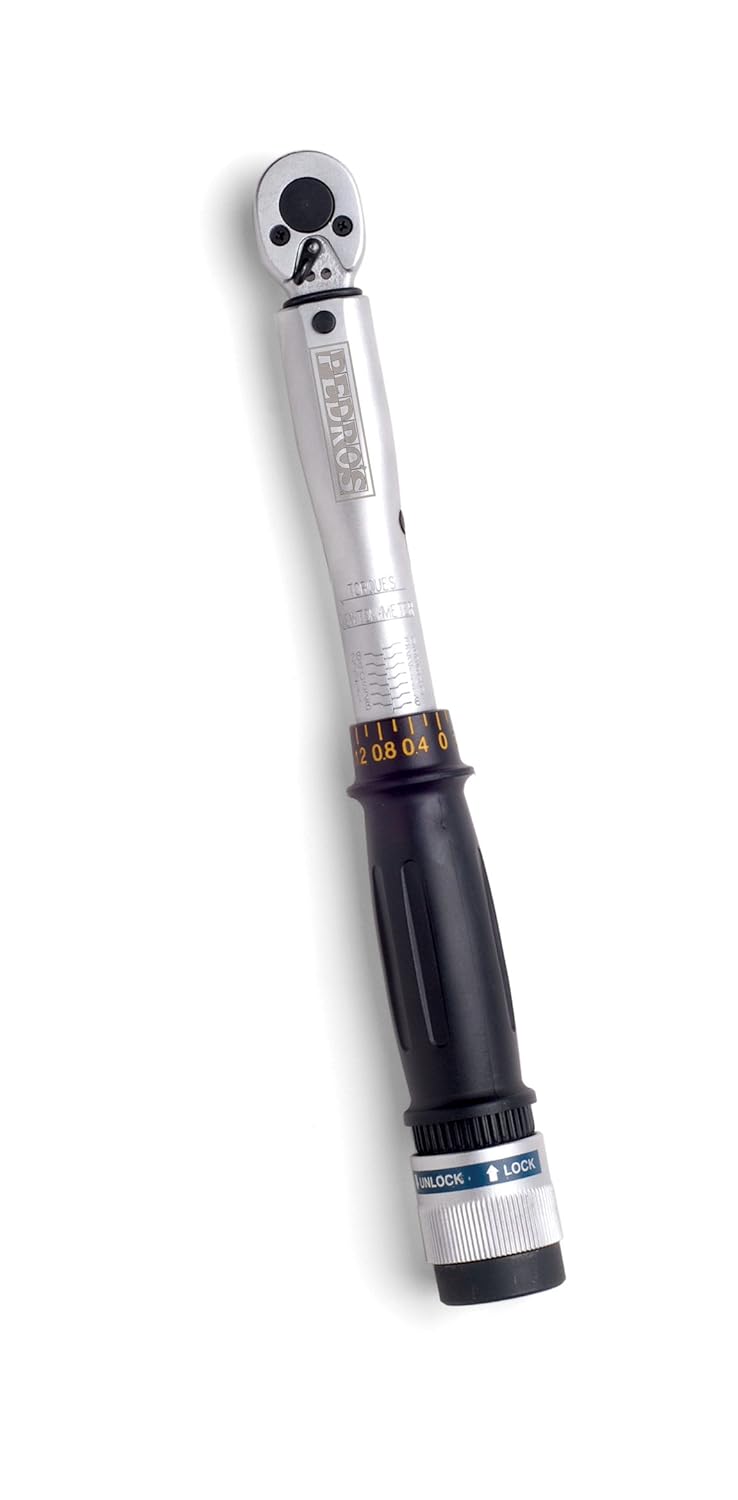
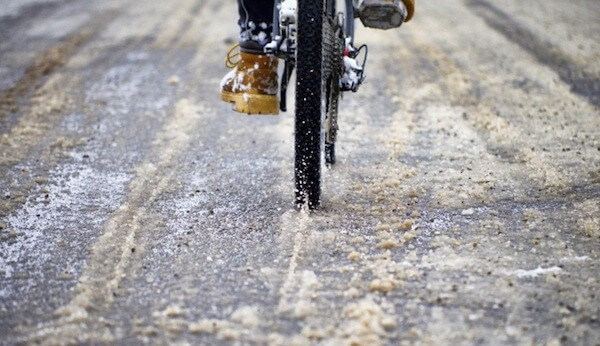
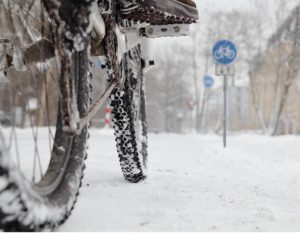
 Fenders
Fenders
